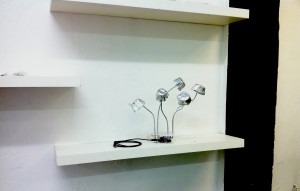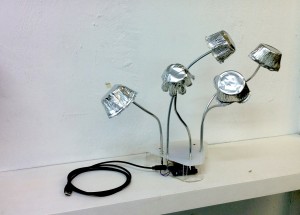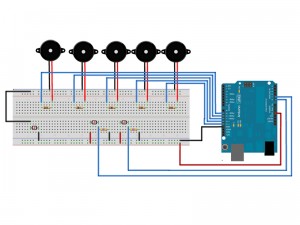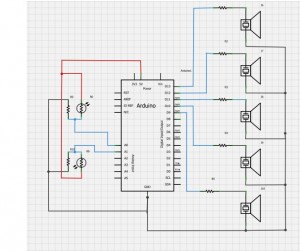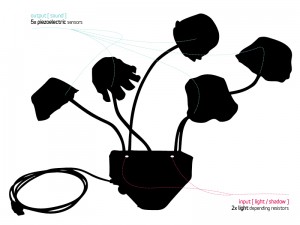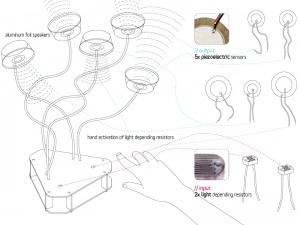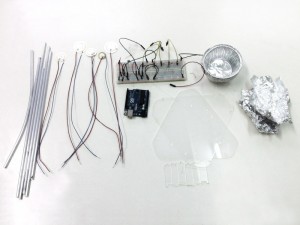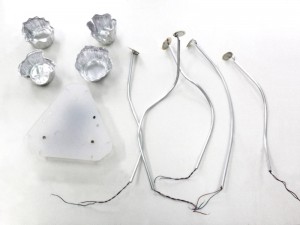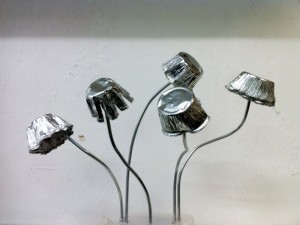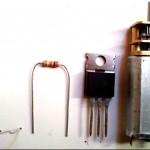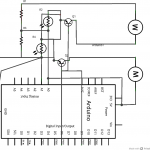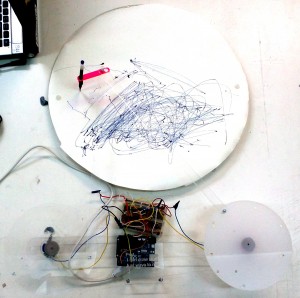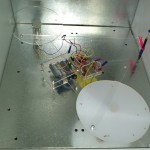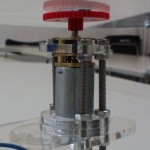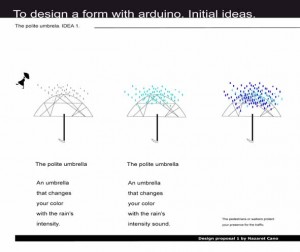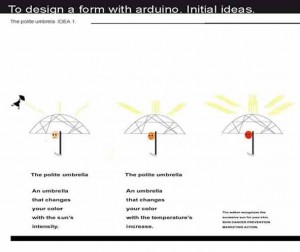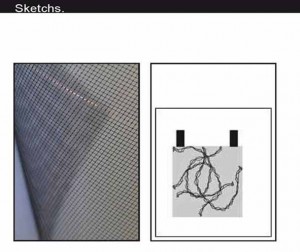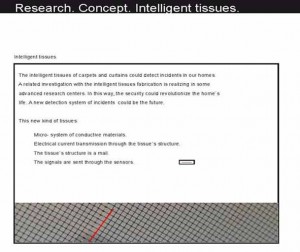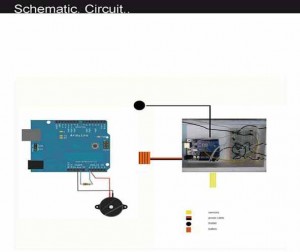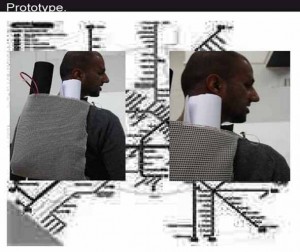video link:http://vimeo.com/54723387
The aim of the project was t produce sound by using light as a stimulus. In Arduino language we are using five peizo as actuator and photo light resistor as external sensor. Below is the testing image and bread board view of the circute.
We gave it a fungus mushroom like shape, in which each fungus is rising out a common base made up of sand acrylic glass, which houses the Arduino and the bread board. Each fungus ends we an inverted aluminum cup, which not only gives it a fungus mushroom like look but it is also acts as an amplifier and conceal the piezos.

